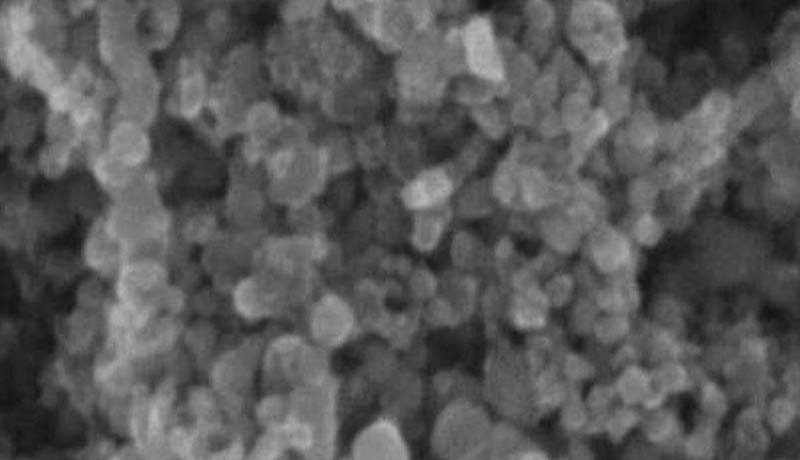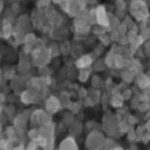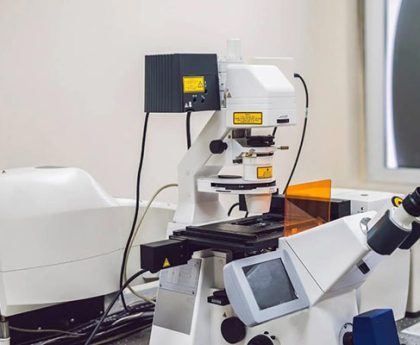Polystyrene and styrofoam are both types of plastic that are widely used in a variety of applications. However, there are some key differences between the two that are important to understand in order to choose the best material for a given project.
Definition of Polystyrene
Polystyrene is a type of plastic that is made from the monomer styrene. It is a lightweight, transparent material that is known for its strength and versatility. Polystyrene is commonly used for a variety of applications, including packaging, insulation, and construction.
Definition of Styrofoam
Styrofoam is a brand name for a type of expanded polystyrene foam. It is a lightweight, foam-like material that is known for its insulation properties and ability to cushion and protect items. Styrofoam is often used for packaging, construction, and crafts.
The Differences Between Polystyrene and Styrofoam
While polystyrene and styrofoam are both made from the monomer styrene, there are some key differences between the two materials. The most significant difference is the way the materials are processed. Polystyrene is made by polymerizing styrene, while styrofoam is made by expanding polystyrene with air. This difference in processing gives the two materials different properties and makes them suitable for different applications.
Polystyrene is known for its strength and versatility, and it is often used for packaging, insulation, and construction. It is also transparent and can be molded into a variety of shapes.
Styrofoam, on the other hand, is known for its insulation properties and ability to cushion and protect items. It is often used for packaging, construction, and crafts. Styrofoam is not as strong as polystyrene and is not transparent, but it is lightweight and easy to cut and shape.
Composition and Properties of Polystyrene
Polystyrene is made from the monomer styrene, which is polymerized to form the plastic. In addition to styrene, polystyrene may also contain trace amounts of other chemicals, such as stabilizers and colorants.
Chemical Composition of Polystyrene
The chemical composition of polystyrene is:
- Styrene: 98% or more
- Stabilizers: 0.1% or less
- Colorants: 0.1% or less
Physical Properties of Polystyrene
Polystyrene has a number of physical properties that make it a popular choice for a variety of applications. Some of the key physical properties of polystyrene include:
- Strength: Polystyrene is relatively strong for a plastic and is able to withstand a moderate amount of force without breaking.
- Transparency: Polystyrene is transparent, which makes it useful for applications where visibility is important.
- Lightweight: Polystyrene is lightweight, which makes it easy to transport and handle.
- Versatility: Polystyrene can be molded into a variety of shapes and sizes, which makes it a versatile material for many applications.
Common Applications for Polystyrene
Polystyrene is widely used for a variety of applications due to its strength, transparency, and versatility. Some common applications for polystyrene include:
- Packaging: Polystyrene is often used for packaging due to its strength and ability to protect items during transportation.
- Insulation: Polystyrene is used as insulation in homes and buildings due to its ability to retain heat and reduce energy costs.
- Construction: Polystyrene is used in construction for a variety of purposes, such as insulation, soundproofing, and as a lightweight alternative to concrete.
- Signs and displays: Polystyrene is often used for the production of signs and displays due to its transparency and ability to be easily molded into shapes.
- Food packaging: Polystyrene is used for food packaging, such as clamshell containers and cups, due to its ability to keep food fresh and its resistance to moisture.
- Other: Polystyrene is also used for a variety of other applications, including the manufacture of toys, household items, and medical equipment.
Composition and Properties of Styrofoam
Styrofoam is a brand name for a type of expanded polystyrene foam. It is made by expanding polystyrene with air, which creates a lightweight, foam-like material. In addition to polystyrene, styrofoam may also contain trace amounts of other chemicals, such as stabilizers and fire retardants.
Chemical Composition of Styrofoam
The chemical composition of styrofoam is:
- Polystyrene: 95% or more
- Stabilizers: 0.1% or less
- Fire retardants: 0.1% or less
Physical Properties of Styrofoam
Styrofoam has a number of physical properties that make it a popular choice for certain applications. Some of the key physical properties of styrofoam include:
- Insulation: Styrofoam is an excellent insulator and is able to retain heat and reduce energy costs.
- Cushioning: Styrofoam is able to cushion and protect items due to its foam-like structure.
- Lightweight: Styrofoam is lightweight, which makes it easy to transport and handle.
- Easy to cut and shape: Styrofoam is easy to cut and shape, which makes it a popular choice for crafts and other projects.
Common Applications for Styrofoam
- Packaging: Styrofoam is often used for packaging due to its insulation properties and ability to cushion and protect items during transportation.
- Construction: Styrofoam is used in construction as a lightweight alternative to concrete and as insulation.
- Crafts: Styrofoam is often used for crafts and model-making due to its lightweight and easy-to-cut nature.
- Displays: Styrofoam is sometimes used for the production of displays due to its ability to be easily shaped and cut.
- Food packaging: Styrofoam is used for food packaging, such as cups and plates, due to its insulation properties and ability to retain heat.
- Other: Styrofoam is also used for a variety of other applications, including the production of surfboards and life jackets.
Comparison of Polystyrene and Styrofoam
Polystyrene and styrofoam are both popular materials that are used in a variety of applications. However, there are some key differences between the two materials that are important to understand in order to choose the best material for a given project.
Comparison of the Chemical and Physical Properties of Polystyrene and Styrofoam
One of the main differences between polystyrene and styrofoam is the way the materials are processed. Polystyrene is made by polymerizing styrene, while styrofoam is made by expanding polystyrene with air. This difference in processing gives the two materials different properties.
Polystyrene is known for its strength and versatility, and it is often used for packaging, insulation, and construction. It is also transparent and can be molded into a variety of shapes.
Styrofoam, on the other hand, is known for its insulation properties and ability to cushion and protect items. It is often used for packaging, construction, and crafts. Styrofoam is not as strong as polystyrene and is not transparent, but it is lightweight and easy to cut and shape.
Comparison of the Suitability of Polystyrene and Styrofoam for Various Applications
The specific properties of polystyrene and styrofoam make them suitable for different applications. Polystyrene is often used for packaging, insulation, and construction due to its strength, transparency, and versatility.
Styrofoam is often used for packaging, construction, and crafts due to its insulation properties and ability to cushion and protect items. It is also often used for model-making and other projects where it is important to be able to easily cut and shape the material.
Factors to Consider When Choosing Between Polystyrene and Styrofoam
When choosing between polystyrene and styrofoam for a given project, there are several factors to consider:
- The required strength and durability of the material
- The specific application or use of the material
- The required insulation properties of the material
- The ease of cutting and shaping the material
- The cost and availability of the material
Other factors to consider may include the specific chemical and physical properties of the material, such as its transparency and resistance to temperature changes.
Conclusion and Summary of Key Points
Polystyrene and styrofoam are both popular materials that are used in a variety of applications. However, there are some key differences between the two materials that are important to understand in order to choose the best material for a given project.
Recap of the Differences Between Polystyrene and Styrofoam
The main differences between polystyrene and styrofoam are the way the materials are processed and their specific properties. Polystyrene is made by polymerizing styrene and is known for its strength and versatility, while styrofoam is made by expanding polystyrene with air and is known for its insulation properties and ability to cushion and protect items.
Summary of the Most Important Points to Consider When Choosing Between Polystyrene and Styrofoam
When choosing between polystyrene and styrofoam, the following points should be considered:
- The required strength and durability of the material
- The specific application or use of the material
- The required insulation properties of the material
- The ease of cutting and shaping the material
- The cost and availability of the material
Final Thoughts on the Use of Polystyrene and Styrofoam
Polystyrene and styrofoam are both useful materials that have unique properties and are suitable for different applications. Understanding the differences between the two can help you choose the best material for your specific needs.
In general, polystyrene is a stronger and more versatile material that is often used for packaging, insulation, and construction. It is transparent and can be molded into a variety of shapes.
Styrofoam is a lightweight and easy-to-cut material that is known for its insulation properties and ability to cushion and protect items. It is often used for packaging, construction, and crafts.
Both polystyrene and styrofoam have their own unique set of properties and are suitable for different applications. By considering the specific requirements of your project, you can choose the best material for your needs.



